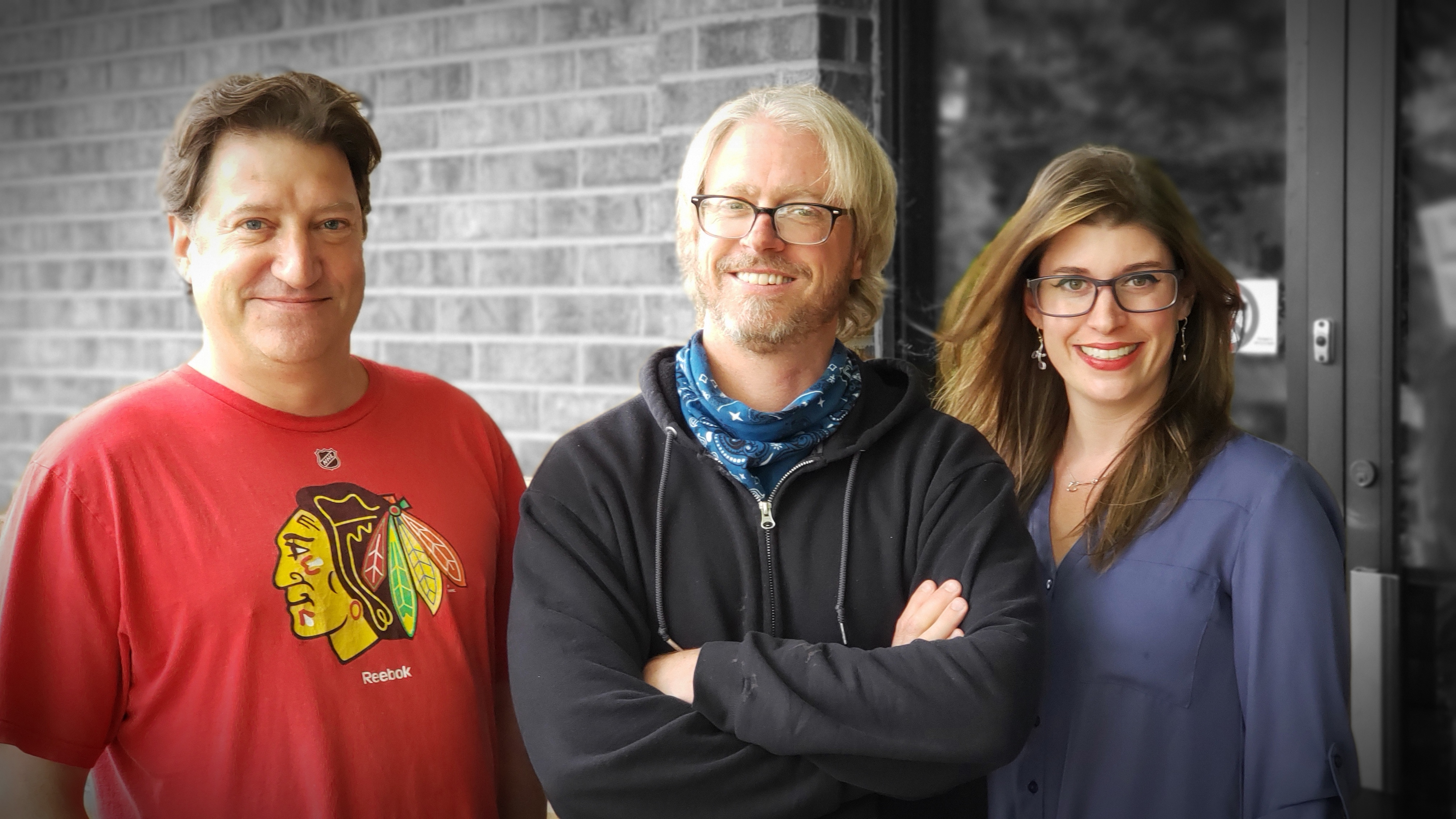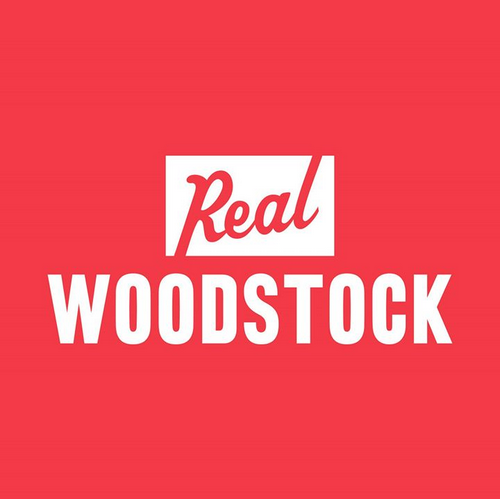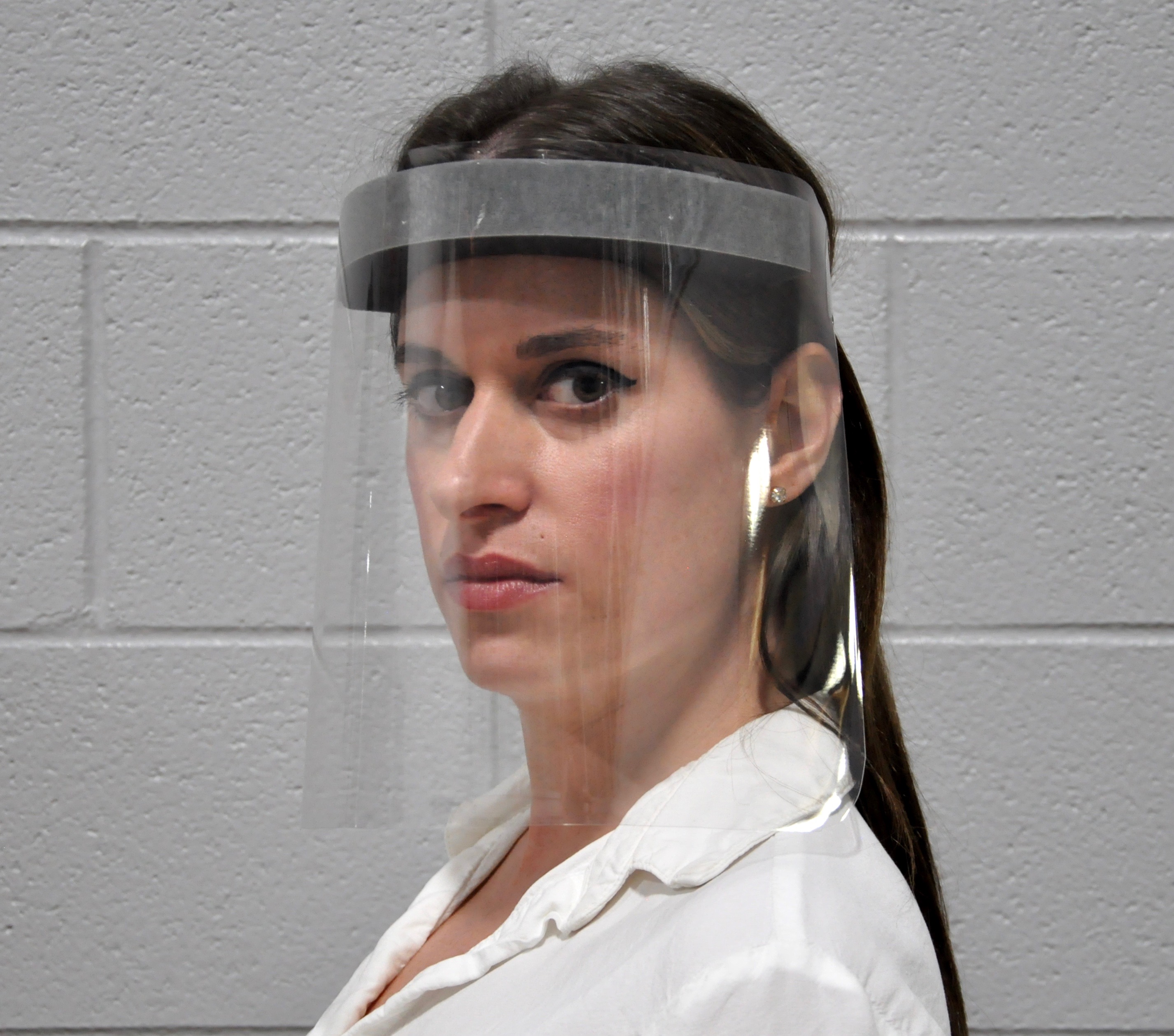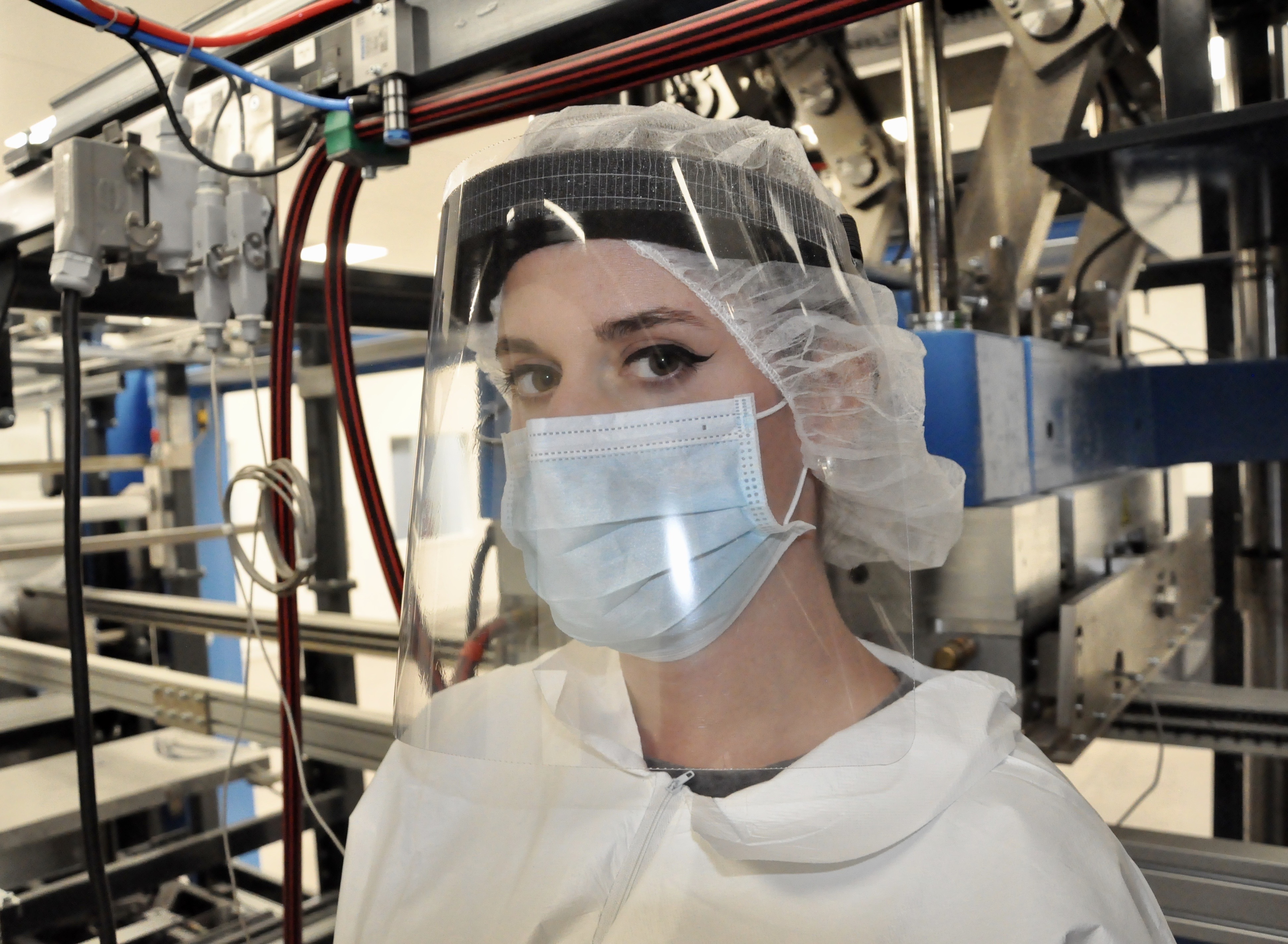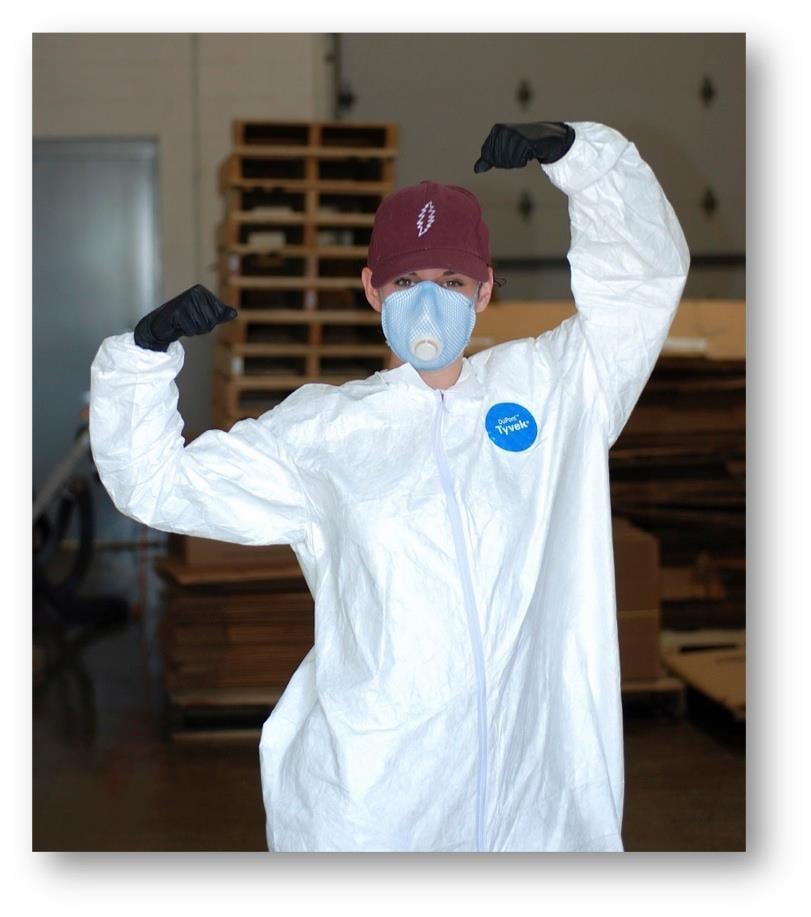Since 1962, Dordan has proudly designed and manufactured custom thermoformed packaging right here in Chicagoland. Family-owned and operated for over 62 years, our business is built on the same values that define the holiday we celebrate: freedom, resilience, and pride in American ingenuity.
From a small shop to an ISO-certified facility serving some of the most demanding markets—medical, automotive, electronics, and industrial—we’ve evolved, but never outsourced our commitment to U.S.-based manufacturing.


